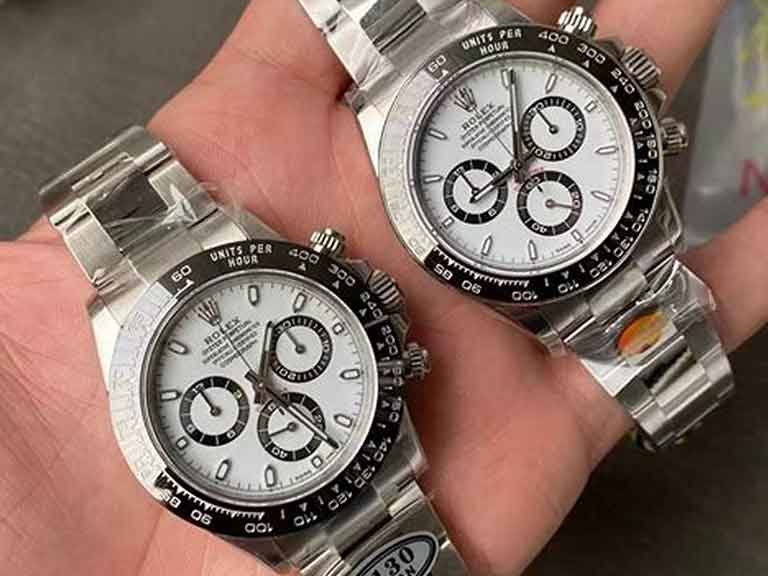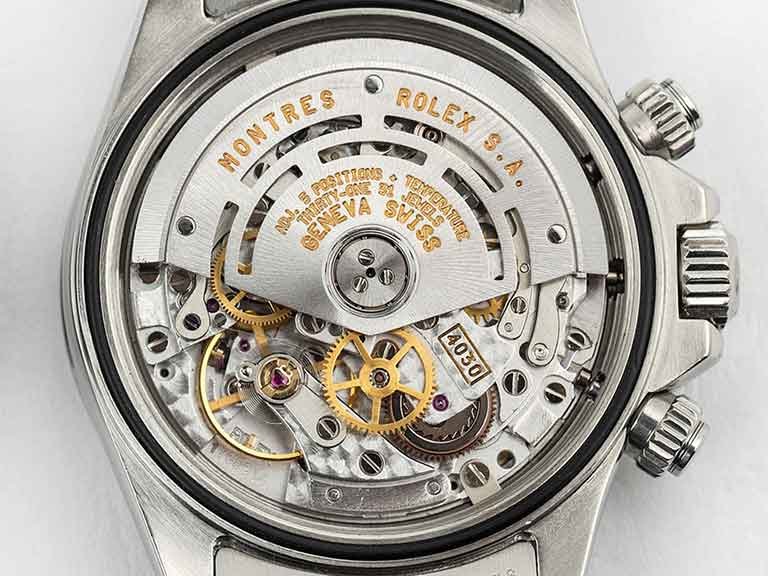

The movement is the heart of any watch.For replica collectors and enthusiasts,the movement you choose determines accuracy,reliability,function,service costs,and the overall wearing experience.This guide explains common clone movement types,their strengths and weaknesses,how to distinguish high-quality clones,differences from genuine movements,popular Rolex clone movement types,lifespan and servicing needs,reputable factories,how to assess movement quality by sound,and the difference between “super clone” and standard clone movements.
These are community/factory-level labels you’ll often encounter:
If you value visual authenticity and functional realism,investing in a higher quality clone from a reputable factory will provide a far better wearing experience.If your priority is cost and ease of maintenance,a well-selected standard clone with clear QC proof will also serve daily needs.
Whatever you choose,place emphasis on seller credibility,QC evidence,and clear after-sales support.With care and informed selection,clone movements can offer an impressive balance between craftsmanship and affordability.
On all orders above $50
30-day free replacement
Support Worldwide Shipping
Lifetime 100% technical support
We are the most professional high-end replica watch seller in China. We have professional watch knowledge and perfect after-sales service. We only sell the top replica watches.
WhatsApp us



We also provide you with $50 worth of commercial insurance to ensure that your watch is delivered to you safely.